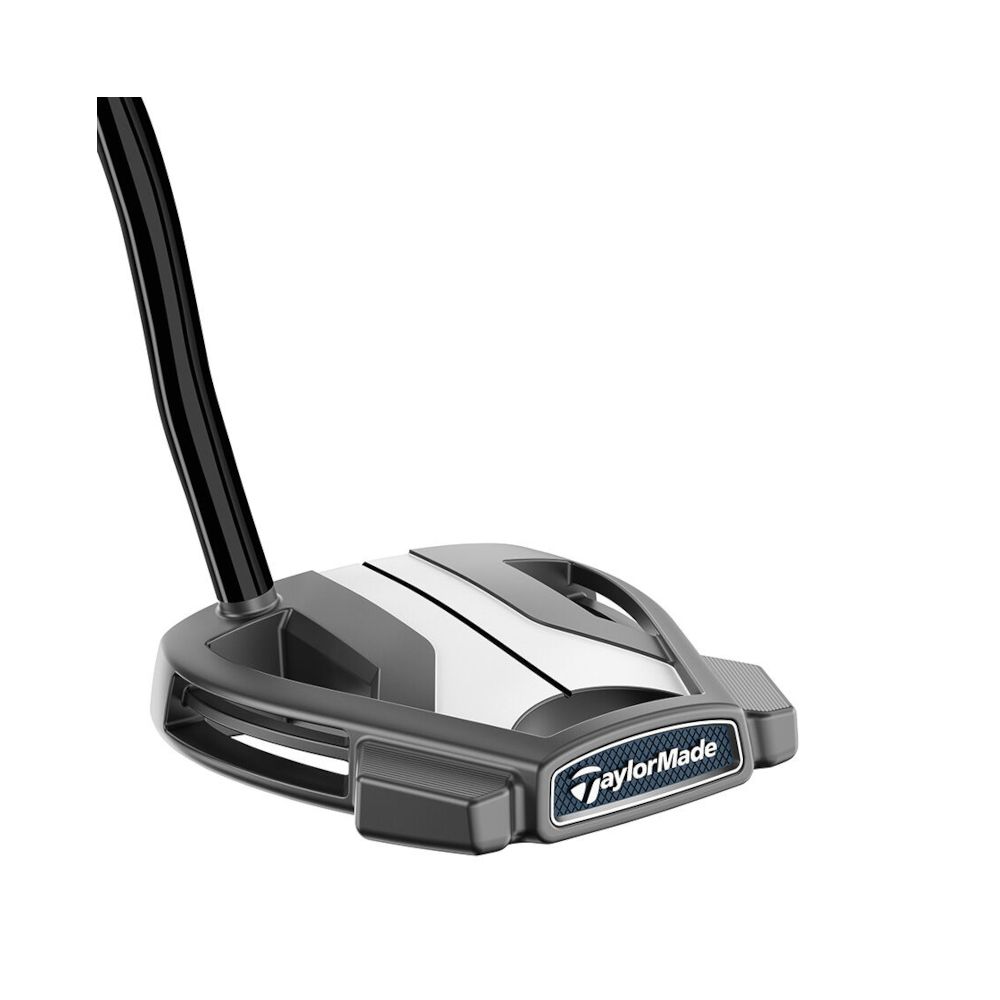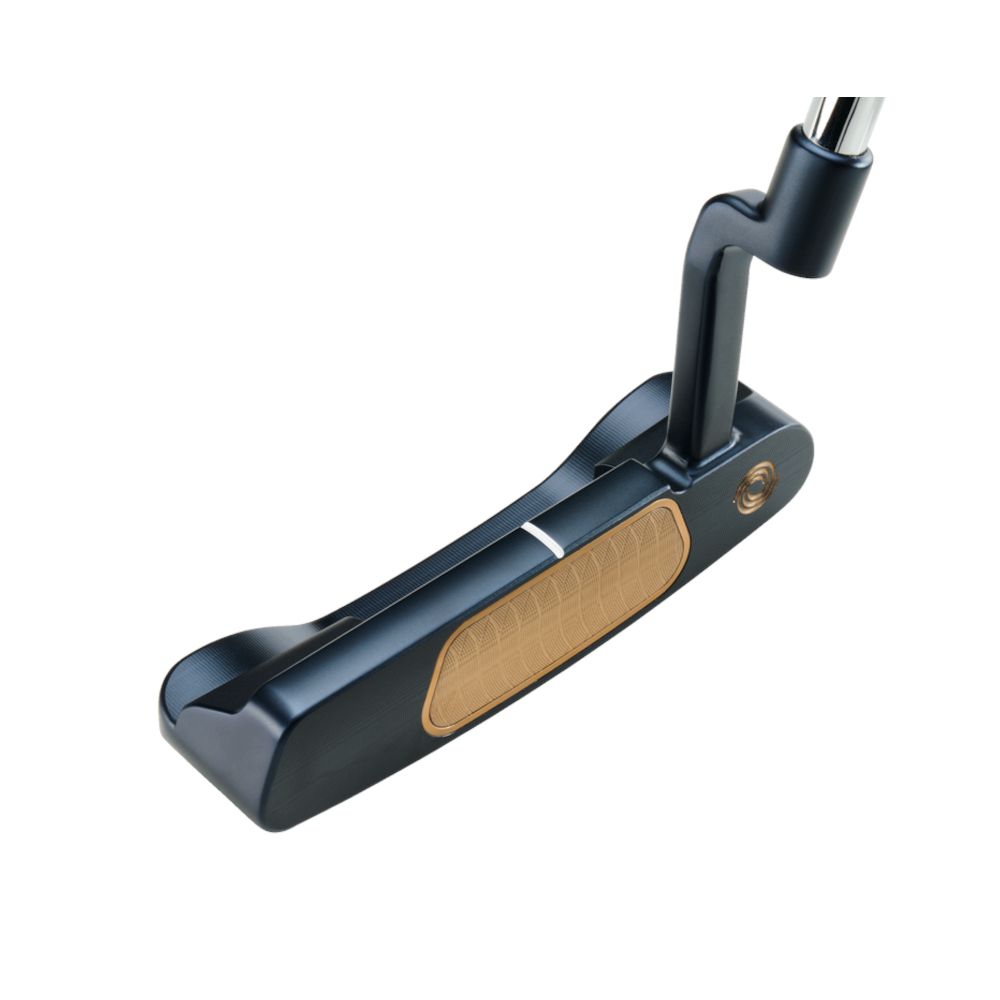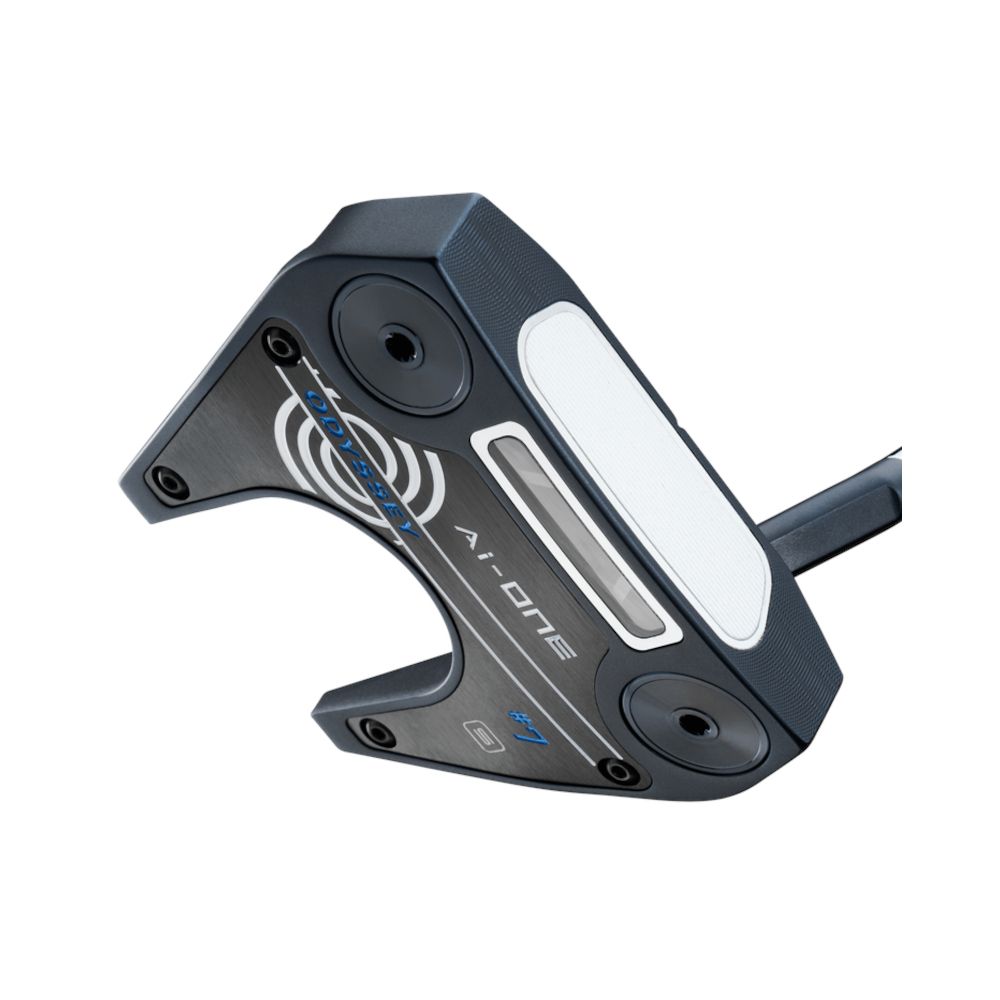Putters
The putter is by far the most used club in your golf bag, and often the most tricky, so making sure you choose the right one is vital to lowering your score.
Our selection of putters
We have the very latest models from every major brand including TaylorMade, Scotty Cameron, Odyssey and Bettinardi, each delivering varying features and benefits for golfers of all levels.
What you need to know
Types of putter: Blade putters are the most traditional, with a simple flat look and small head. They tend to be face balanced which means they will suit golfers with a straight putting stroke and a lower handicap.
Peripheral weighted putters suit almost any type of putting stroke and have added weight in the heel and toe portions, which provides more consistency and forgiveness.
Mallet putters have large heads and not only offer consistency and forgiveness, but allow manufacturers the room to add various visual alignment aids on the head. Mallets are suited to mid and higher handicap golfers because the larger head allows a lower and deeper centre of gravity to stop the head from twisting, making them more stable. Mid-mallets are smaller than mallets and bigger than blades, offering a good fusion of feel and stability.
Putter faces: Metal faced putters are traditionally made of steel, but some are made of other metals including nickel, copper, and aluminium. Steel is heavy which helps produce a pendulous action and has a hard, yet responsive strike providing a solid, controlled feel. Some metal faced putters also feature milling on the face which makes them feel and sound softer.
Insert faced putters are metal putters with the metal face replaced with a lightweight non-metal insert. This redistributes the weight of the putter to the heel and toe, increasing forgiveness. They also promote a softer feel than steel.
Groove faced putters reduce ball skidding and sliding and aids forward motion to keep your ball online. Most are metal faced but some insert putters do have grooves.
Shafts: Putters usually have steel shafts to allow for a consistent and strong feel. The standard length is between 33-36 inches. Acting as an extension of your arms, your putter should be the perfect height to allow your arms to simply hang down and grip.
Hosel: There are different options for a putter's hosel, which is the joint where the shaft meets the putter head. On heel-shafted putters, the shaft connects directly with the putter head on the end nearest to the golfer. Centre-shafted putters connect to the putter in the centre of the head, while offset shafts connect to the putter slightly ahead of the face.
Here's our guide to the best new putters on the market in 2020.














































